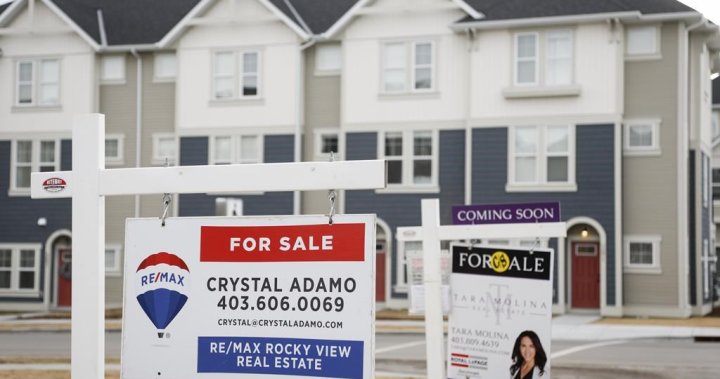A study conducted by Rates.ca has revealed that many families in Calgary are struggling to afford an average priced home, with half of them needing to earn at least $11,000 more to be able to purchase a property. The national affordability gap is $65,000, making home ownership a distant dream for many Canadians. According to Jack Mintz from the School of Public Policy at the University of Calgary, parents are increasingly helping their children with the purchase of their first homes. However, for lower income families, achieving a desired standard of living can be a significant challenge.
Some families are getting creative in their approach to housing affordability, such as Calgary resident Bill Hornecker who converted his backyard woodshop into a living space for his college-aged son. While this solution required some financial investment, Hornecker found it to be a more practical option than trying to find alternative housing for his son. Victor Tran, also from Rates.ca, noted that the affordability gap is not shrinking, despite decreasing interest rates. While there has been a slight improvement in some areas, it is still not enough to make home ownership accessible for many individuals, especially in high-cost cities like Toronto and Vancouver.
The issue of housing affordability is a pressing concern for many Canadians, particularly those with lower incomes. In addition to financial challenges, there are also social and quality of life implications for those who are unable to afford suitable housing. The gap between income and housing costs is widening, making it increasingly difficult for families to achieve their desired standard of living. With high housing prices in cities like Toronto and Vancouver, the dream of home ownership remains out of reach for many Canadians.
Despite efforts to address housing affordability through measures like decreasing interest rates, the gap between income and housing costs continues to pose a significant barrier for many families. Creative solutions, such as converting existing spaces into living quarters, may offer temporary relief for some individuals, but long-term solutions are needed to address the root causes of the affordability crisis. As the cost of housing continues to rise in major cities across Canada, policymakers and stakeholders must work together to develop sustainable solutions that ensure housing affordability for all Canadians.
The trend of parents assisting their children with the purchase of their first homes is indicative of the challenges faced by younger generations in achieving home ownership. As the cost of housing outpaces income growth, intergenerational wealth transfer is becoming increasingly common as a means of bridging the affordability gap. However, this trend also highlights the growing inequality in access to housing and the need for systemic changes to ensure that all Canadians have the opportunity to own a home. Addressing the affordability gap will require a multifaceted approach that considers economic, social, and policy factors to create a more equitable housing market for all Canadians.


